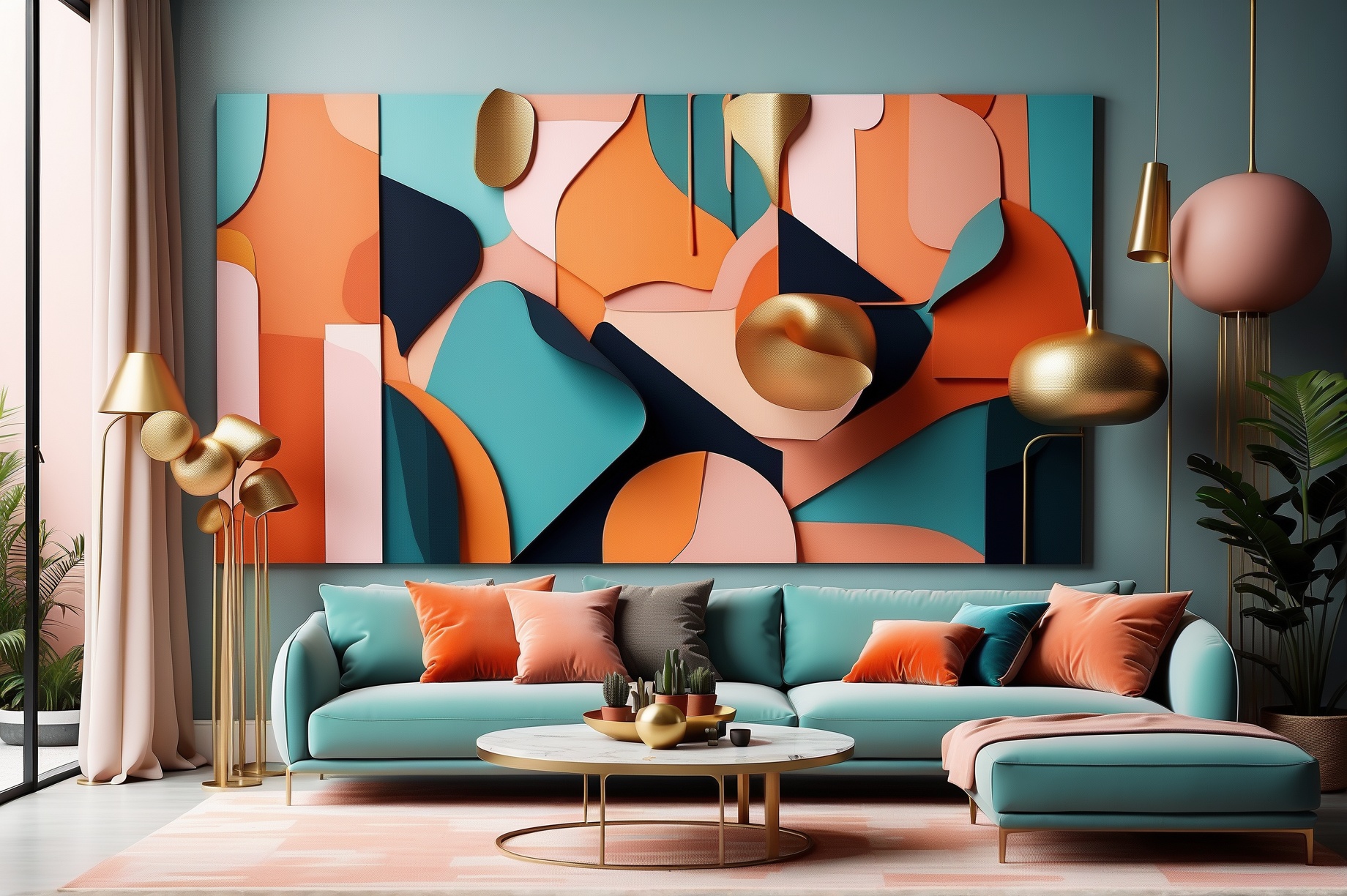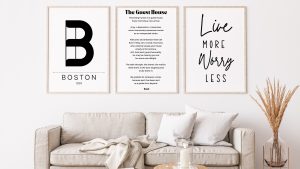Imagine walking into a room and being immediately captivated by a piece of art that adorns the walls. Your eyes are drawn to the vibrant colors, the intricate details, and the story that each brushstroke conveys. Wall art has the remarkable ability to transform a space, infusing it with beauty, personality, and a unique sense of style. Whether it’s a breathtaking landscape, an abstract masterpiece, or a thought-provoking portrait, the beauty of wall art has the power to transport you to another world and evoke emotions you never knew existed. It’s time to elevate your living spaces and embrace the transformative nature of wall art.
The Evolution of Wall Art
From Cave Paintings to Modern Art
Wall art has come a long way since the days of our early ancestors. The first form of wall art can be traced back thousands of years to cave paintings. These ancient artworks served as a means of communication, telling stories of hunting expeditions and documenting the daily lives of ancient civilizations.
As time progressed, wall art began to evolve, reflecting the changing beliefs and values of society. In ancient Egypt, intricate hieroglyphics adorned the walls of temples and tombs, conveying religious and mythological narratives. During the Renaissance, grand frescoes and murals adorned the walls of churches and palaces, showcasing biblical scenes and celebrating the greatness of mankind.
With the advent of modern art movements in the 19th and 20th centuries, wall art took on a whole new form. Artists began to challenge traditional notions of representation, exploring abstraction, surrealism, and other experimental styles. Renowned artists such as Picasso, Monet, and Warhol revolutionized the art world, leaving a lasting impact on the evolution of wall art as we know it today.
Influence on Art Movements
Throughout history, wall art has played a significant role in influencing and shaping various art movements. From the vibrant colors and bold brushstrokes of Impressionism to the fragmented perspectives of Cubism, wall art has served as a source of inspiration for countless artists.
Pop art, in particular, drew heavily from wall art in popular culture. Artists like Roy Lichtenstein and Andy Warhol drew on commercial advertising, comic books, and everyday objects to create visually striking artworks that celebrated consumerism and mass media. Their works challenged the boundaries between high art and popular culture, forever changing the landscape of contemporary art.
Popularity in Contemporary Decor
In recent years, wall art has gained immense popularity in contemporary interior design. As people seek to personalize their living spaces and express their individuality, the walls of our homes have become blank canvases waiting to be adorned.
Contemporary wall art encompasses a wide range of styles and mediums, catering to different tastes and preferences. From abstract paintings to minimalist prints, there is something for everyone. As a result, wall art has become an integral part of modern decor, reflecting our personal style and adding a touch of sophistication to our living spaces.
Types of Wall Art
Paintings
Paintings are perhaps the most traditional and timeless form of wall art. They can range from classical oil paintings to modern acrylic works, each with its unique aesthetic appeal. Paintings allow artists to express their creativity and emotions through color, composition, and brushwork, creating visual narratives that captivate and engage viewers.
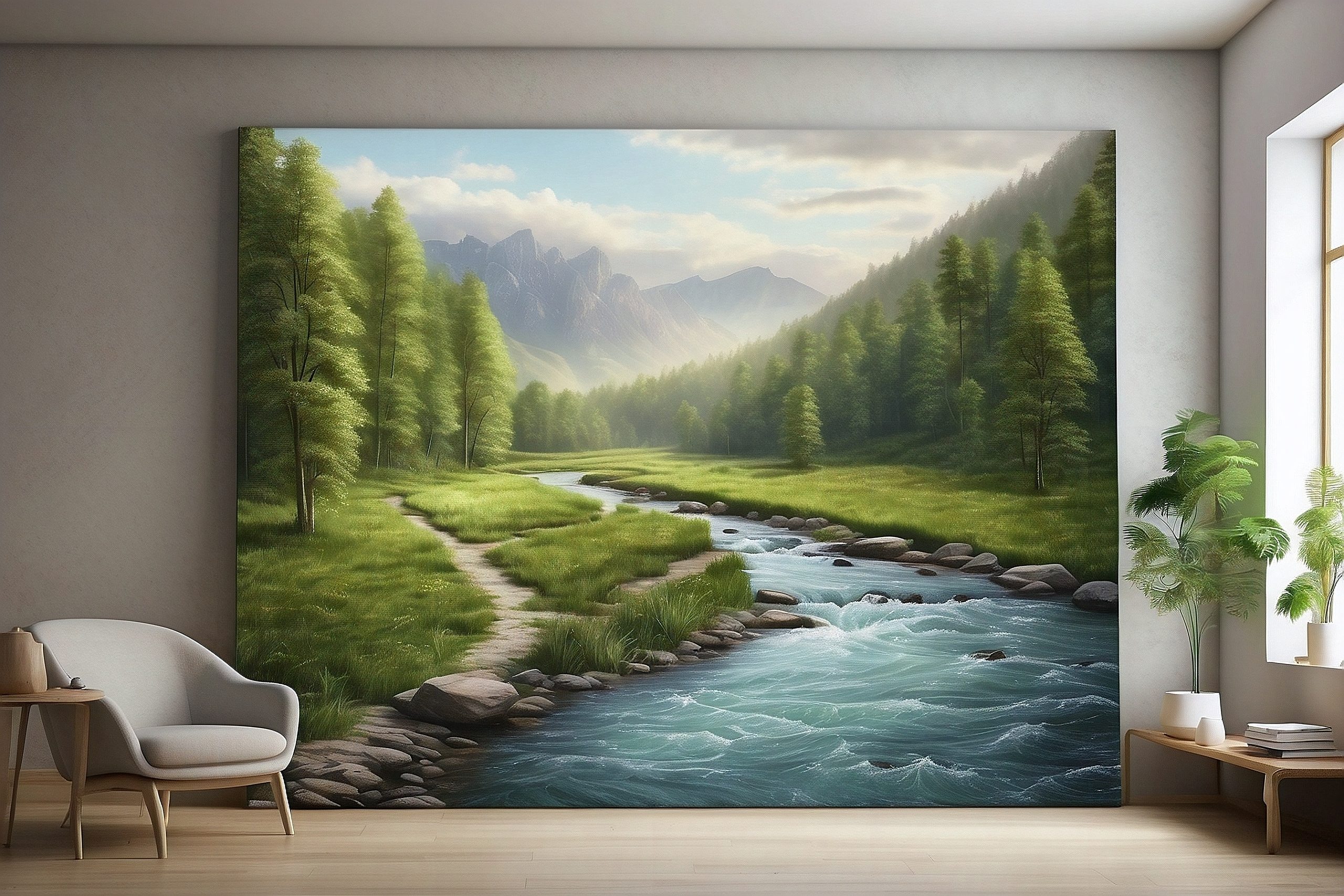
Photography
Photography has also found its place in the world of wall art. Stunning landscapes, portraits, and abstract compositions captured by talented photographers can be transformed into artistic prints and displayed on our walls. Photography allows us to capture precious moments, document our travels, and evoke powerful emotions through visual storytelling.
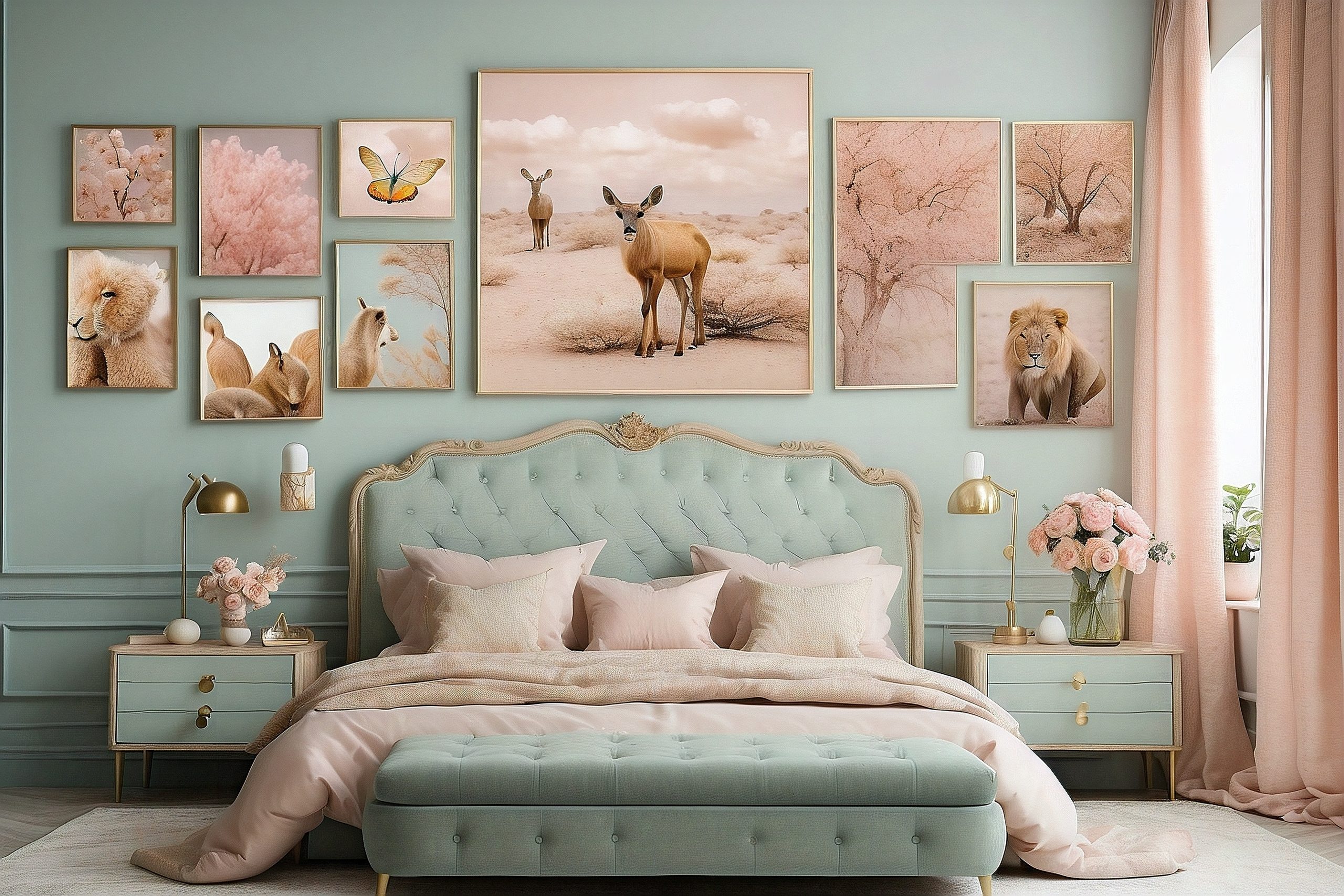
Prints
Prints offer a more affordable option for those seeking to add art to their walls. From digital prints to limited edition screen prints, there is a wide variety of options to choose from, ranging from whimsical illustrations to thought-provoking graphic designs. Prints allow us to showcase our personal style and interests while remaining accessible to a wider audience.
Murals
Murals have gained popularity not only in public spaces but also in our homes. Large-scale, hand-painted artworks can transform a plain wall into a captivating visual experience. Murals provide an opportunity for artists to engage with their surroundings, creating immersive and dynamic environments that leave a lasting impression.
Sculptures
While often associated with three-dimensional installations, sculptures can also be appreciated as wall art. Relief sculptures, which protrude from the wall, add depth and texture to a space. From intricately carved wood panels to metal sculptures, these unique artworks can become the focal point of any room, adding a touch of elegance and sophistication.

The Importance of Wall Art in Interior Design
Enhancing Atmosphere and Mood
Wall art has the remarkable ability to enhance the atmosphere and mood of a space. The colors, subject matter, and style of an artwork can evoke a wide range of emotions, from calmness and tranquility to energy and excitement. By carefully selecting and placing wall art in our homes, we can create an ambiance that complements our desired atmosphere.
Expressing Personal Style
One of the most significant benefits of incorporating wall art into interior design is the opportunity to express our personal style and taste. Whether we prefer bold and vibrant compositions or subtle and minimalist designs, the artworks we choose reflect our individuality and become an extension of ourselves. Wall art allows us to showcase what we love and what resonates with us on a deeper level.
Creating Focal Points
Wall art can serve as a focal point in a room, drawing attention and anchoring the space. A captivating painting or a striking sculpture placed strategically can become the center of attention, elevating the overall aesthetic of the room. Focal points not only add visual interest but also create a sense of balance and harmony within the space.
Adding Depth and Dimension
Blank walls can make a room feel empty and uninspiring. By adding wall art, we can instantly transform the space, adding depth and dimension. Whether through colorful paintings or textured sculptures, wall art introduces layers of visual interest, making a room feel more dynamic and engaging.
Reflecting Cultural Influences
Wall art can be a powerful medium for reflecting cultural influences and celebrating diversity. From traditional art forms that honor cultural heritage to contemporary works that challenge societal norms, wall art provides a platform for artists to express their unique perspectives and tell their stories. The inclusion of culturally significant artwork in interior design helps to foster a sense of inclusivity and appreciation for different traditions and histories.
Choosing the Perfect Wall Art
Consider the Space and Wall Size
When selecting wall art, it is crucial to consider the space and wall size where it will be displayed. In smaller rooms, opting for smaller artworks or a collection of smaller pieces can avoid overwhelming the space. On the other hand, large-scale artworks can make a bold statement in more expansive areas. It is also important to consider the wall color and texture to ensure that the artwork complements the overall aesthetic of the room.
Think about Color and Style
The color and style of the artwork should harmonize with the existing decor and furnishings in the room. Consider the color scheme of the space and choose artwork that either complements or provides a striking contrast. Additionally, the style of the artwork should align with the overall design theme of the room. Whether it be modern, traditional, or eclectic, the artwork should enhance and contribute to the overall visual narrative.
Matching Art with Existing Decor
Wall art should not exist in isolation but should seamlessly integrate with the existing decor. Consider the furniture, accessories, and other design elements in the room, and choose artwork that complements these elements. For example, if the room has a vintage-inspired theme, selecting artwork with a retro aesthetic would help create a cohesive and harmonious environment.
Consider the Theme and Message
Art has the power to convey messages and tell stories. Consider the theme or concept you want the artwork to communicate. Whether it be a serene landscape that evokes a sense of tranquility or an abstract piece that sparks curiosity and imagination, choose artwork that aligns with the desired message or concept you want to convey in the room. This will help create a cohesive and meaningful design scheme.
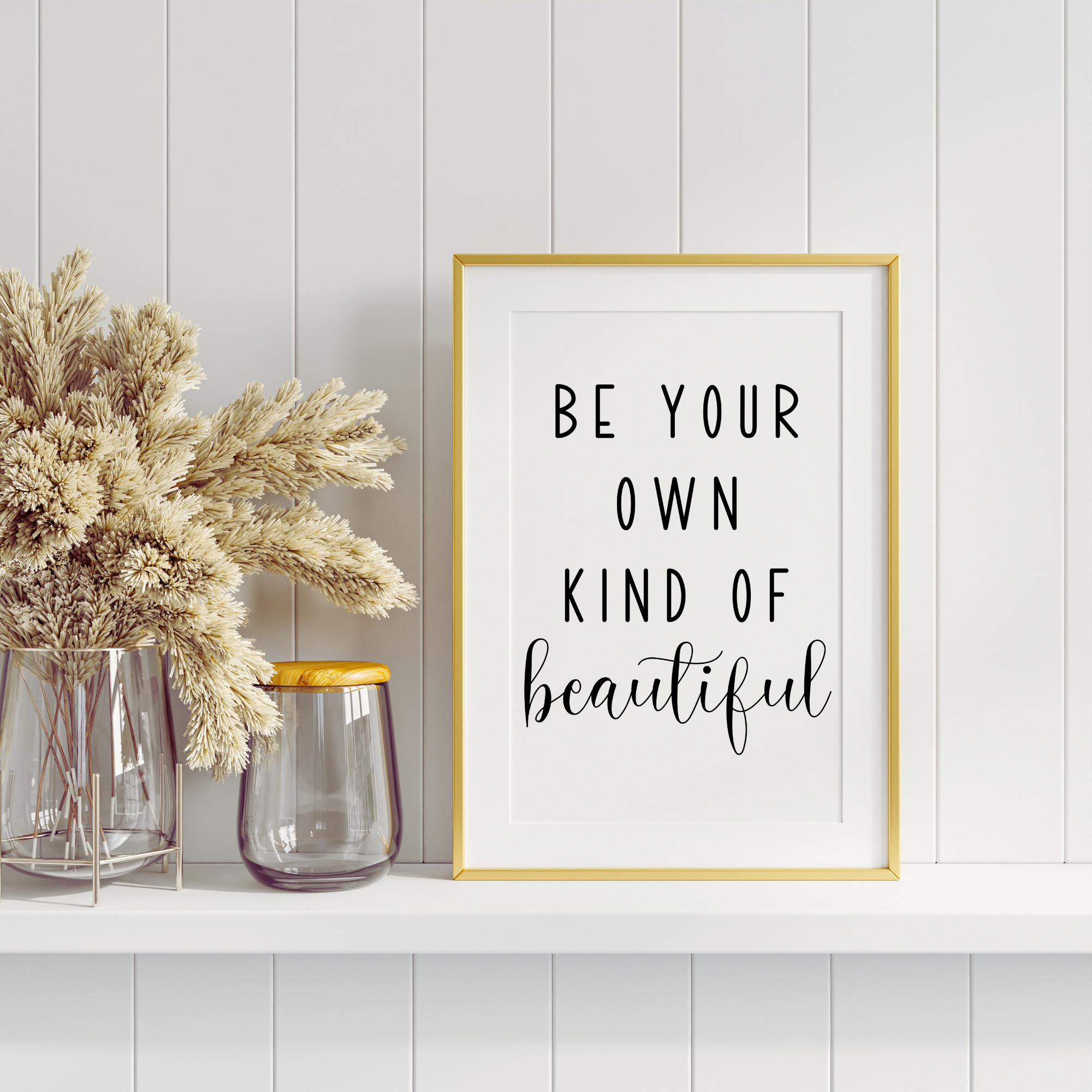
Displaying Wall Art
Choosing the Right Placement
The placement of wall art is crucial to ensure it is showcased to its full potential. Consider the height at which the artwork should be hung to maintain eye level for optimal viewing. For a single large piece, it is often best to hang it at eye level on a focal wall. When displaying a collection of artworks, aim for a visually balanced arrangement, either through symmetrical or asymmetrical placement. Try to align the lower edges of the artworks to create a unified visual line.

Proper Hanging Techniques
Knowing the proper hanging techniques is essential to ensure the stability and longevity of wall art. Use appropriate hanging hardware based on the weight and size of the artwork. For larger and heavier pieces, secure them using wall anchors and screws. For smaller works, choose picture hooks or adhesive hooks that won’t damage the walls. It is important to follow the manufacturer’s instructions and seek professional assistance when needed.
Grouping and Arranging Art
Grouping artworks together can create a visually impactful display. Consider the size, shape, and subject matter of the artworks to determine the most harmonious arrangement. Experiment with different configurations, such as creating a gallery wall or placing artworks in a cascading fashion. Grouping artwork by theme, color, or style can also create a cohesive narrative and enhance the visual impact.
Using Lighting to Enhance
Proper lighting can enhance the beauty and impact of wall art. Consider incorporating accent lighting, such as track lighting or wall sconces, to highlight the artwork. Adjustable lighting allows you to control the direction and intensity of the light, creating different moods and highlighting specific details in the artwork. Avoid direct sunlight, as it can fade the colors and damage the artwork over time.
Emotions and Reactions Evoked by Wall Art
Inspiration and Motivation
Well-chosen wall art has the power to inspire and motivate. Whether it be a vibrant abstract painting or a thought-provoking photograph, artwork can spark creativity and ignite passion. It serves as a visual reminder of our goals, aspirations, and the beauty of the world around us. When we surround ourselves with art that resonates with us, we feel a renewed sense of purpose and strive for greatness.
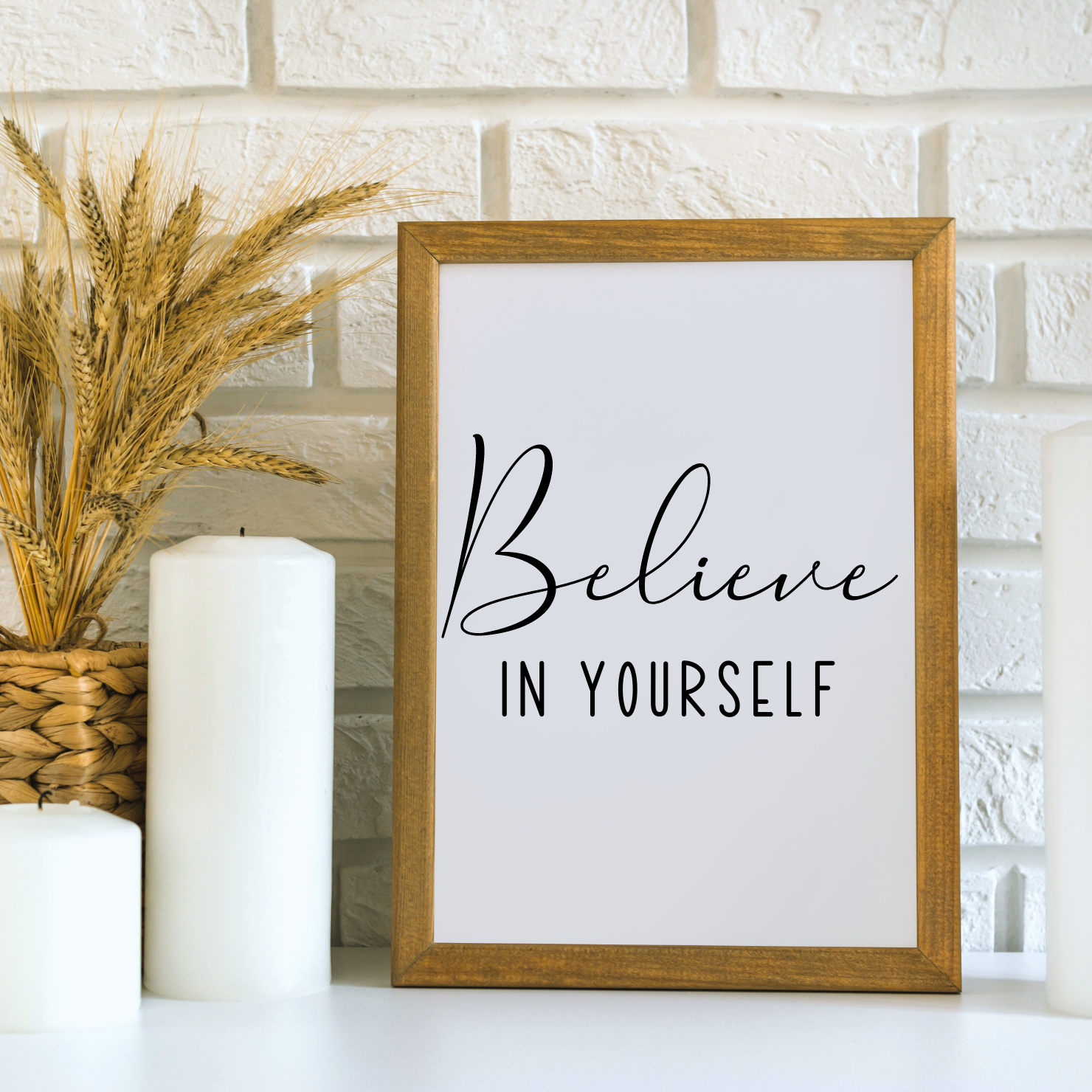
Enhanced Productivity
In a workspace, wall art can enhance productivity by creating a stimulating and inspiring environment. Research has shown that a visually appealing workspace leads to increased creativity, improved focus, and higher levels of motivation. By incorporating art that energizes and captivates, we can create a workspace that fosters productivity and encourages innovative thinking.
Creating Comfort and Relaxation
Certain types of wall art, such as serene landscapes or soothing abstract compositions, can create a sense of calm and relaxation. Studies have shown that exposure to nature-inspired artwork can reduce stress levels, lower blood pressure, and contribute to overall well-being. By selecting artworks that evoke feelings of tranquility and serenity, we can create a sanctuary within our homes, providing a much-needed refuge from the chaos of everyday life.
Stimulating Imagination and Creativity
Art has the power to stimulate our imagination and spark our creativity. Abstract artworks or surrealistic compositions leave room for interpretation, allowing our minds to wander and explore new ideas. By surrounding ourselves with thought-provoking and imaginative art, we encourage the free flow of ideas and challenge our own perceptions of the world.
The Impact of Wall Art on Well-being
Reducing Stress and Anxiety
The presence of wall art in our surroundings can have a profound impact on our well-being, helping to reduce stress and anxiety. Studies have shown that engaging with art, whether through creation or observation, activates the brain’s reward center, releasing dopamine, a neurotransmitter associated with pleasure and stress reduction. By incorporating art into our living spaces, we create an environment that promotes relaxation and emotional well-being.
Increasing Positive Feelings
Wall art has the ability to evoke positive emotions, lifting our spirits and enhancing our overall mood. Bright and vibrant artworks can create feelings of joy, happiness, and enthusiasm. By surrounding ourselves with art that brings us joy and positivity, we cultivate a more optimistic and fulfilling mindset.
Boosting Mental Health and Happiness
Art therapy has long been used as a form of mental health treatment. Engaging with art, whether as a creator or viewer, provides an outlet for self-expression and emotional release. The act of immersing oneself in the creative process or finding solace in the contemplation of art can improve mental health and promote a sense of happiness and well-being.
Promoting Mindfulness and Reflection
Wall art can serve as a reminder to practice mindfulness and reflection. By engaging with art that encourages contemplation and introspection, we create opportunities for self-discovery and personal growth. Art that captures the beauty of nature or invites us to contemplate the complexities of the human condition allows us to pause, reflect, and appreciate the present moment.
How Wall Art Tells Stories
Using Symbolism and Imagery
Wall art has long been a vehicle for storytelling. Through symbolism and imagery, artists communicate narratives that go beyond words. From ancient cave paintings depicting the hunt to contemporary abstract art exploring complex emotions, wall art tells stories that connect us to our past, present, and future.
Depicting Historical Events
Throughout history, wall art has played a significant role in documenting and depicting historical events. From ancient mural paintings of battles to Renaissance frescoes depicting political and religious narratives, wall art serves as a visual chronicle of our collective history. By preserving and displaying art that captures historical moments, we honor and remember those who came before us.
Personal Narratives and Memories
Wall art can also serve as a reflection of our own personal narratives and memories. Whether it be a family portrait, a travel photograph, or a cherished artwork created by a loved one, the pieces we choose to display on our walls tell the story of who we are and what matters most to us. They become tangible reminders of the people, places, and moments that have shaped our lives.
Societal and Cultural Commentary
Art has the power to challenge societal norms and provide critical commentary on culture and politics. From political satire to social justice movements, wall art has been at the forefront of advocating for change. By displaying art that speaks to important issues, we engage in meaningful conversations and create spaces that encourage dialogue and reflection.
Wall Art in Public Spaces
Enhancing Civic Pride
Wall art in public spaces has the ability to enhance civic pride and celebrate the local community. Murals and sculptures that depict historical events, local landmarks, or iconic figures can instill a sense of connection and identity within the community. These artworks become integral parts of the urban landscape, fostering a collective sense of pride and ownership.
Promoting Cultural Diversity
Public wall art provides a platform for celebrating cultural diversity and promoting inclusivity. By commissioning artworks that reflect the diverse backgrounds and traditions within a community, public spaces become vibrant and welcoming. The inclusion of culturally significant imagery and symbols in public art allows individuals to see themselves represented, fostering a sense of belonging and understanding.
Creating Community Identity
Wall art in public spaces plays a crucial role in creating a distinct community identity. When artists collaborate with local residents to create artworks that reflect the unique characteristics of a neighborhood or town, a sense of unity and pride emerges. The resulting artworks become symbols of community spirit and serve as reminders of shared experiences and values.
Transforming Urban Landscapes
Wall art has the power to transform bland urban environments into dynamic and visually engaging spaces. Colorful murals, intricate mosaics, and large-scale installations breathe new life into neglected areas, fostering a sense of rejuvenation and revitalization. This transformation of urban landscapes not only improves the physical environment but also uplifts the overall mood and atmosphere of a city.
The Future of Wall Art
Digital and Interactive Art Installations
As technology continues to advance, wall art is poised to evolve in exciting new ways. Digital and interactive art installations are already pushing the boundaries of traditional wall art. Projections, LED screens, and augmented reality are just a few examples of the innovative mediums being used to create immersive and dynamic art experiences. These digital installations can change and adapt, engaging viewers in a whole new level of interaction and storytelling.
Artificial Intelligence in Art Creation
Artificial intelligence has begun to play a role in the creation of wall art. Algorithms and machine learning are being used to generate unique and original artworks, allowing for a fusion of human creativity and technological innovation. AI-generated art challenges traditional notions of authorship and opens up a whole new realm of artistic possibilities.
Integration with Virtual Reality
The integration of wall art with virtual reality is set to revolutionize the way art is experienced. Virtual reality allows viewers to step into a completely immersive art environment, interacting with the artwork in ways never before possible. Imagine being able to walk through a painting or have a conversation with a virtual artist. This integration of technology and art has the potential to redefine the boundaries of the art world.
New Materials and Techniques
Advancements in materials and techniques continue to expand the possibilities of wall art. From three-dimensional printing to innovative mediums like glass and metal, artists are continually experimenting with new materials to push the boundaries of their creativity. These advancements in materials and techniques allow for greater versatility and innovation in the creation of wall art.
In conclusion, wall art has evolved from cave paintings to become a vital aspect of contemporary decor. It influences art movements, enhances interior design, and has a profound impact on our emotions and well-being. By carefully choosing and displaying wall art, we create spaces that reflect our personal style, tell stories, and engage our senses. As we look towards the future, the possibilities for wall art are endless, with digital advancements and innovative techniques revolutionizing the way we experience and interact with art.

